
General Idea
Luoyang, one of China ancient capital cities, was a seat of power for 13 dynasties and is a saint city in respect of the historical and cultural background. Its name comes from its strategic location by the Luo River. Used to be a well-known city with long history, Luoyang is nowadays an energetic and charming city. Moreover, Luoyang is a famous and excellent tourism city with 21state-level key heritage sites,and more than 640 other level key heritage sites, including over 400 thousand pieces of unearthed relics being found. The area is also famous for its peonies, the national flower of China. Peonies have been grown in this region for over a thousand years, since the Tang Dynasty. Every year, the Luoyang Peony Fair is hold in Luoyang to see the most beautiful peonies on earth.
Area Code: 0379
Zip Code: 471000
Area: Luoyang has an area of 15,500 square kilometers and a population of 6.32 million.
Geography and Climate

Geography: Located in the west of Henan Province, Luoyang is on the middle reaches of the Yellow River.
Population: 6.41 million (1.40 million in urban area) Totally 32 minorities inhabited in Luoyang, in which Han people occupied 98.8% of the total population and the Hui nationality is the next.
Administrative Division: The prefecture-level city of Luoyang administers 6 districts, 1 county-level city and 8 counties.
Climate & Weather Briefing
One of the six ancient capitals in China, Luoyang is situated in central China, encircled by Mangling Mountain in the north and Songshan Mountain in the south. Luoyang, in the central plain, lies in the North Temperate Zone, having a continental climate with four distinct seasons. The average annual temperature is 14.2 degrees Celsius with sufficient rainfall, mainly concentrated in June, July and August, with an annual average of 546 mm.
Characters of the four seasons in Luoyang
* Early Spring may have a period of dust storms while the late Spring may be pleasant
* a hot and humid Summer
* Autumn enjoys sunny days with modest temperatures
* a cold Winter with a black frost period can last 217 days
Climate Data Table for Luoyang
Month Item | Jan | Feb | Mar | Apr | May | Jun | Jul | Aug | Sep | Oct | Nov | Dec |
maximum | 6.1 | 8.7 | 14.7 | 21.7 | 27.9 | 31.1 | 32.6 | 31.1 | 26.9 | 21.7 | 14.2 | 8.1 |
minimum | -4.1 | -2.0 | 3.5 | 9.7 | 15.0 | 20.5 | 23.3 | 22.2 | 16.5 | 10.2 | 3.8 | -2.2 |
Rainfall (mm) | 6.9 | 12.5 | 25.4 | 45.1 | 47.0 | 66.3 | 141.5 | 95.8 | 74.7 | 46.0 | 30.6 | 9.3 |
Days of rainfall | 4 | 5 | 6 | 8 | 8 | 8 | 13 | 11 | 10 | 8 | 6 | 3 |
History
Situated on the central plain of China, one of the cradles of the Chinese civilization, Luoyang was one of the Four Great Ancient Capitals of China.
The origin of the name "Luoyang" is the city's location to the north side ("yang") of the Luo River. The river flows from west to east and the sun is on south of the river, so that the sun shine is always on north side of the river. Luoyang has had several names over the centuries, including "Luoyi" (洛邑) and "Luozhou (洛州)", though Luoyang has been its primary name. It has been called, during various periods, "Dongdu" (东都, meaning the Eastern Capital, during the Tang Dynasty), "Xijing" (西京, meaning the West Capital, during the Song Dynasty), or "Jingluo" (京洛, meaning the general capital for China).
The greater Luoyang area has been sacred ground since the late Neolithic period. This area at the intersection of the Luo and Yi rivers was considered to be the geographical center of China. Because of this sacred aspect, several cities – all of which are generally referred to as "Luoyang" – have been built in this area. In 2070 BCE, the Xia Dynasty king Tai Kang moved the Xia capital to the intersection of Luo river and Yi River and named the city Zhenxun (Chinese: 斟鄩; pinyin: Zhēnxún). In 1600 BCE, King Tang of Shang defeated Jie, the final Xia Dynasty king, and built Western Bo (Chinese: 西亳; pinyin: Xībó), a new capital on the Luo River. The ruins of Western Bo are located in Luoyang Prefecture.
In the 1136 BCE a settlement named Chengzhou (Chinese: 成周) was constructed by the Duke of Zhou for the remnants of the captured Shang nobility. The Duke also moved the Nine Tripod Cauldrons to Chengzhou from the Zhou Dynasty capital at Haojing. A second Western Zhou capital, Wangcheng (also: Luoyi) was built 15 km west of Chengzhou. Wangcheng became the capital of the Eastern Zhou Dynasty in 771 BCE. The Eastern Zhou Dynasty capital was moved to Chengzhou in 510 BCE. Later, the Eastern Han Dynasty capital of Luoyang would be built over Chengzhou. Modern Luoyang is built over the ruins of Wangcheng, which are still visible today at Wangcheng Park.
In 25 CE, Luoyang became the capital of Eastern Han Dynasty. For several centuries, Luoyang was the focal point of China. In AD 68, the White Horse Temple, the first Buddhist temple in China, was founded in Luoyang. The temple still exists, though the architecture is of later origin, mainly from the 16th century. An Shigao was one of the first monks to popularize Buddhism in Luoyang.
In 166 CE the first Roman envoy(s) sent by "the king of Da Qin [the Roman Empire], Andun (Marcus Aurelius Antoninus, r. 161-180 CE)", reached Luoyang after arriving by sea in Rinan Commandery in what is now central Vietnam.
The late 2nd century saw China decline into anarchy
"The decline was accelerated by the rebellion by the Yellow Turbans, who, although defeated by the Imperial troops in 184 CE, weakened the state to the point where there was a continuing series of rebellions degenerating into civil war, culminating in the burning of the Han capital of Luoyang on 24 September 189 CE. This was followed by a state of continual unrest and wars in China until a modicum of stability returned in the 220s, but with the establishment of three separate kingdoms, rather than a unified empire."
In 190 CE, Chancellor Dong Zhuo ordered his soldiers to ransack, pillage and raze the city as he retreated from the coalition set up against him by regional lords from across China. The court was subsequently moved to the more defensible western city of Chang'an. Following a period of disorder, Luoyang was restored to prominence when Emperor Wen of the Wei Dynasty declared it his capital in 220 CE. The Jin Dynasty, successor to Wei, was also established in Luoyang. When Jin was overrun by Xiongnu forces in 311 CE, it was forced to move its capital to Jiankang (modern day Nanjing), the Xiongnu warriors then sacked and nearly totally destroyed Luoyang. The same fate befell Chang'an in 316 CE.
In 493 CE the Northern Wei Dynasty moved its capital from Datong to Luoyang and started the construction of the rock-cut Longmen Grottoes. More than 30,000 Buddhist statues from the time of this dynasty have been found in the caves. Many of these sculptures were two-faced. The Empress Dowager Wenming tomb and Yongning Temple (永宁寺), which had a pagoda nine stories high, were also built here.
During the Tang Dynasty, Luoyang was Dongdu (东都), the "Eastern Capital", and at its height had a population of around one million, second only to Chang'an, which, at the time, was the largest city in the world. During the short-lived Five Dynasties, Luoyang was the capital of the Later Liang, Later Tang, and Later Jin.
During the North Song Dynasty, Luoyang was the 'Western Capital' and birthplace of Zhao Kuangyin, the founder of Song Dynasty. It served as a prominent culture center, housing some of the most important philosophers.
- Contact Us
-
Tel:
0086-571-88165708
0086-571-88165512E-mail:
admission@cuecc.com
- About Us
- Who We Are What we do Why CUECC How to Apply
- Address
- Study in China TESOL in China
Hangzhou Jiaoyu Science and Technology Co.LTD.
Copyright 2003-2024, All rights reserved





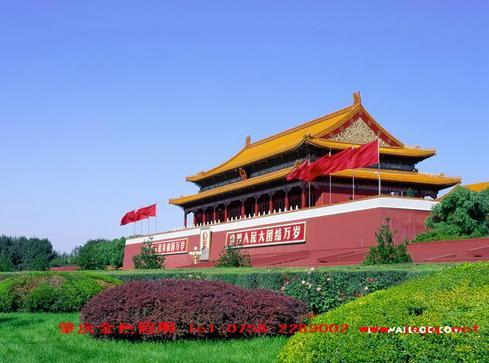
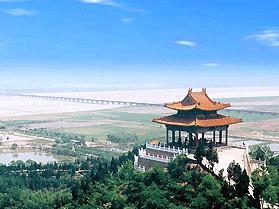
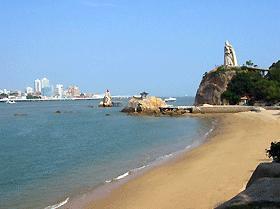
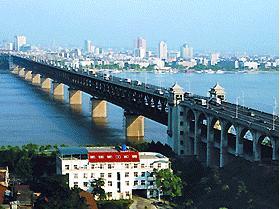
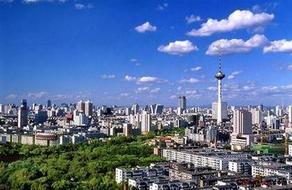
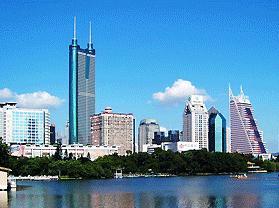

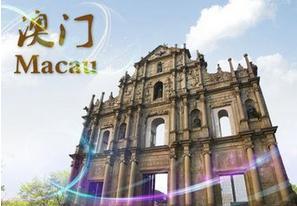

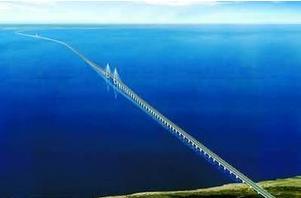

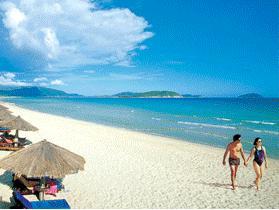
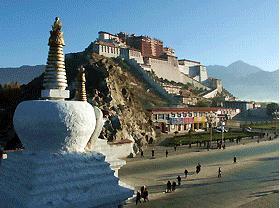
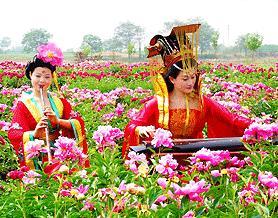
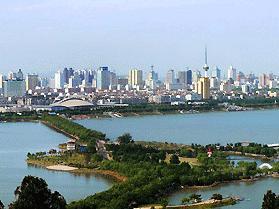
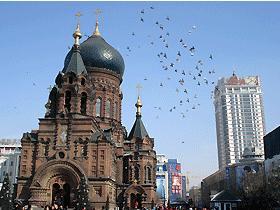
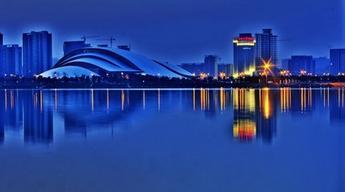
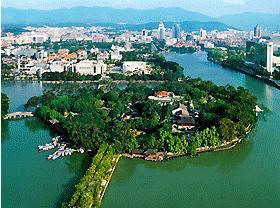
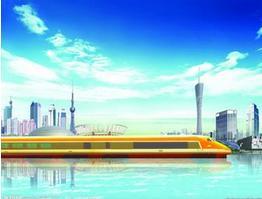
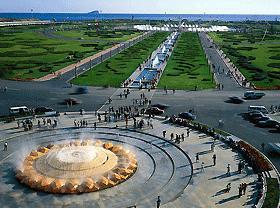
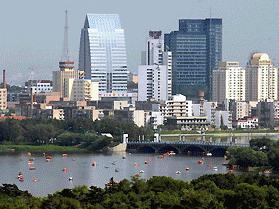
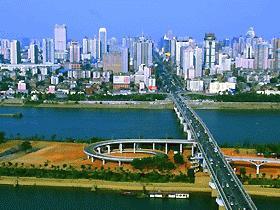
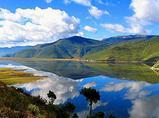
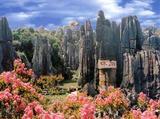


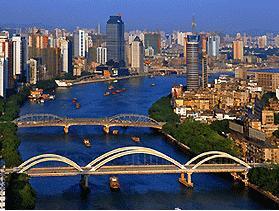
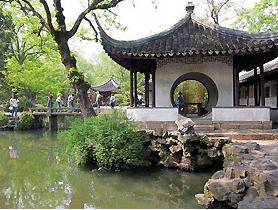
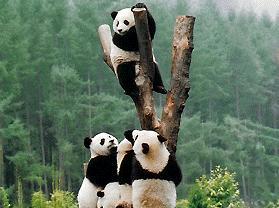
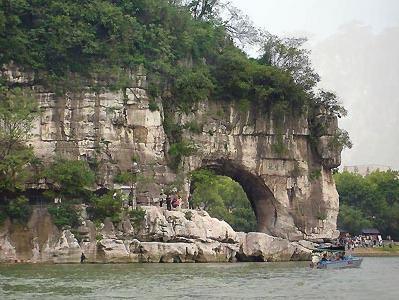

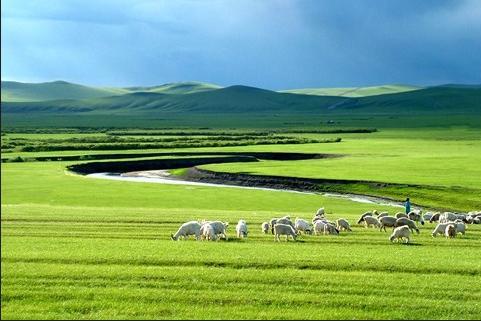

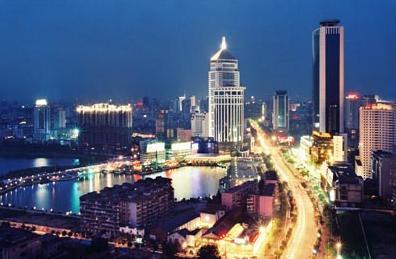
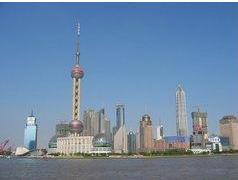


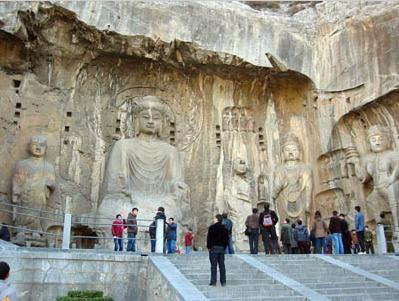
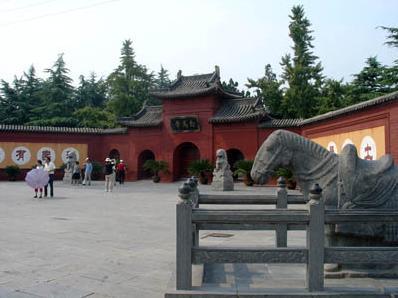
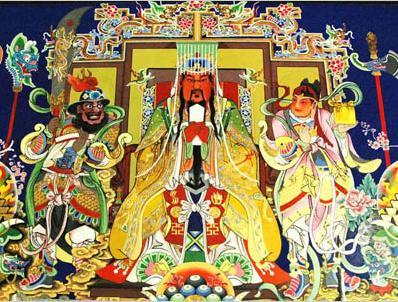

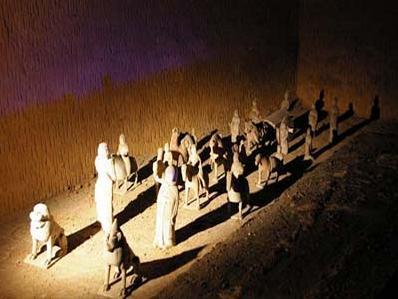
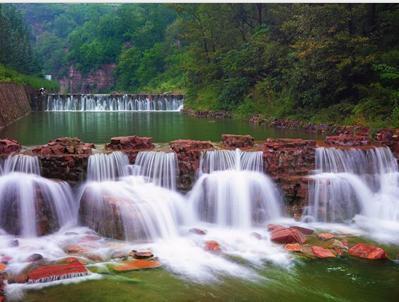
 Chinese
Chinese
 English
English
 Korean
Korean
 Japanese
Japanese
 French
French
 Russian
Russian
 Vietnamese
Vietnamese
